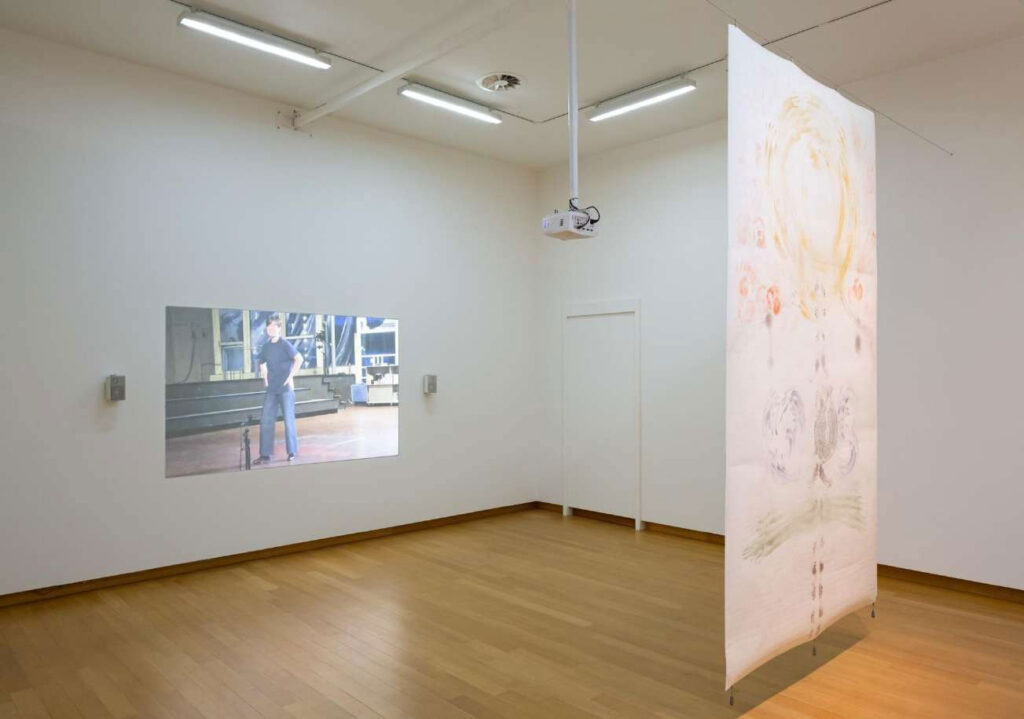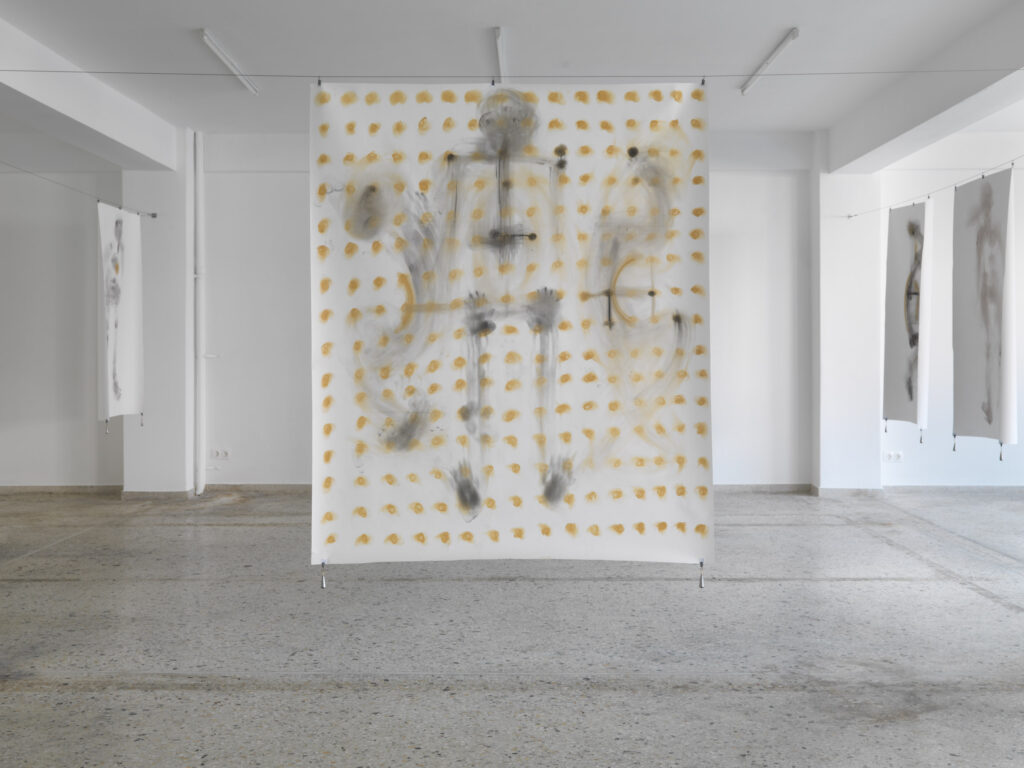2020
- ×
- ×
- ×
- ×
- ×
- ×
Ulay Was Here
at Stedelijk Museum, Amsterdam (21/11/20 - 30/5/21)

Windface, installation view, Stedelijk Museum, Amsterdam ©Georgia Sagri
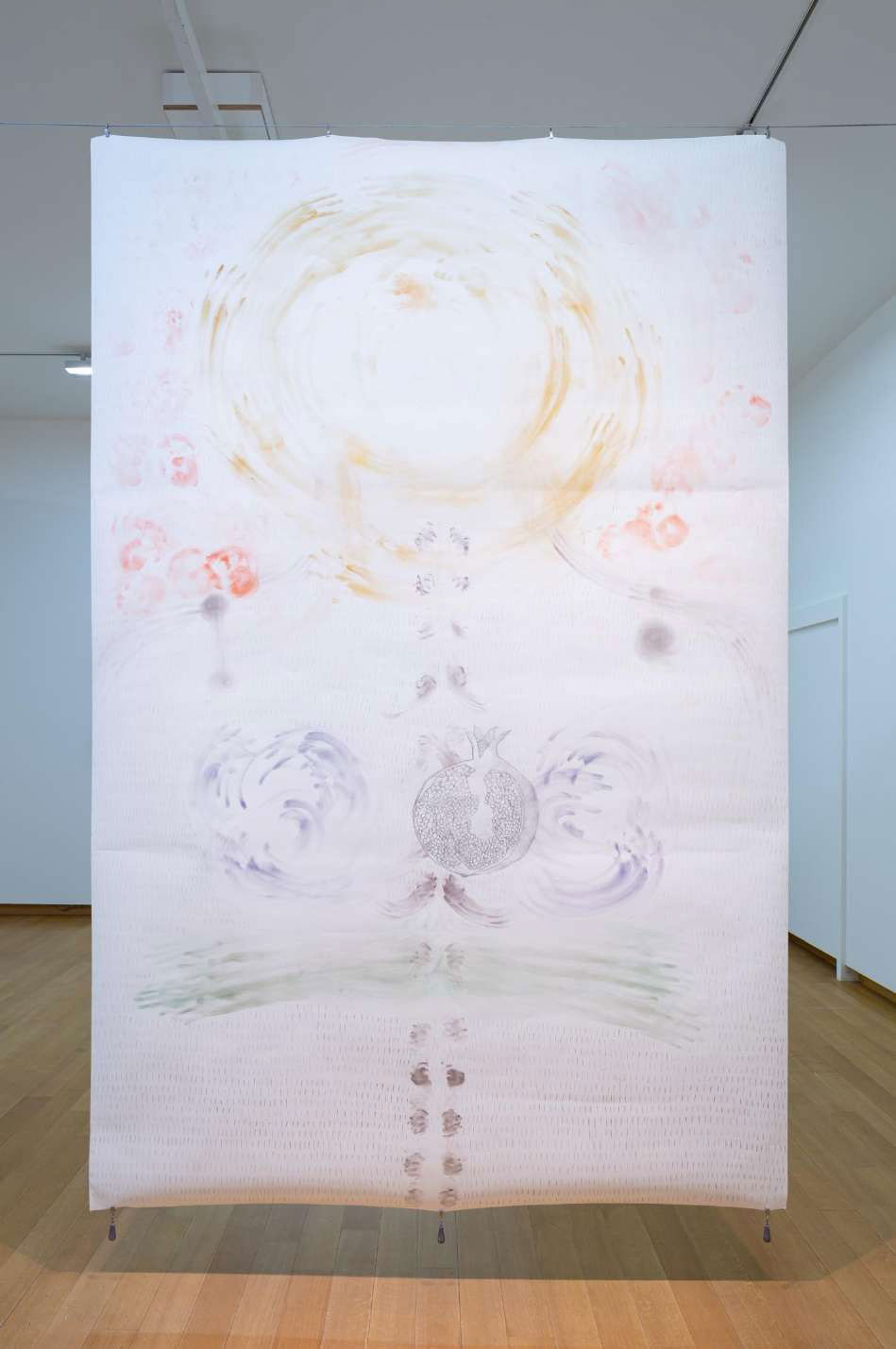
Windface, 2020, charcoal, colored chalk and pencil on paper, 200 x 300 cm, Stedelijk Museum, Amsterdam ©Georgia Sagri

Breathing (7-1-7) with embryac position / Windface, 2020, HD video with sound, looped, 50', Stedelijk Museum, Amsterdam . ©Georgia Sagri
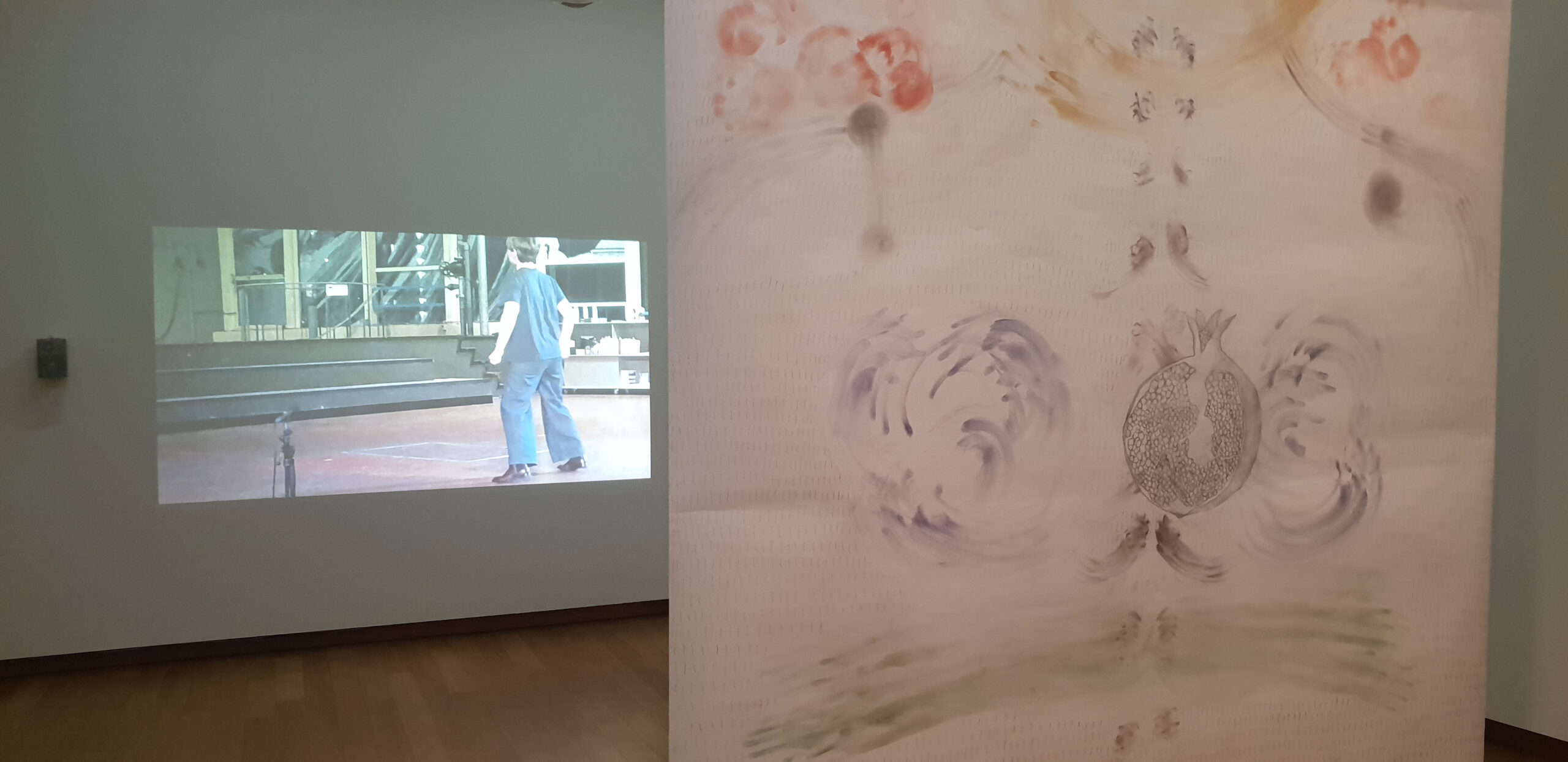
Windface, installation view,Stedelijk Museum, Amsterdam ©Georgia Sagri
Georgia Sagri: IASI, Stage of Recovery
at De Appel, Amsterdam (28/09 - 18/1/21) (Iasi one-to-one sessions: 28/9 - 19/11/20, exhibition: 23/11 - 18/1/21)
IASI (‘recovery’ in Sagri’s native Greek) involves the recovery of health in the physical and mental sense without binary. The deeper, fuller breath of life. At the heart of Sagri’s process are questions so basic that they may have been forgotten: How well do we breathe? How to inhale as fully as we exhale? How to give as much as we take? IASI also emphasises remembering as part of recovery. For Sagri, this involves the reclamation – in the contemporary world – of a political horizon for performance established within Ancient Greek theatre. For example, at the Epidauros Amphitheatre in the Peloponnese, which rests near the Sanctuary of Asclepius (a god of medicine), we find evidence of the close relation between theatrical roles, civic participation and the beginning of medicinal categories – all of great inspiration to the artist. Indeed, her one-on-one treatments aim to reclaim or remind each person of the sense of the unique strength we each hold deep in our system, which is the basis of readiness for meaningful public encounters. (...)
The first element built for the exhibition is a soft stage – a functional sculpture designed by Georgia Sagri especially for the one-on-one sessions of IASI. It is a modular sculpture with versions at Mimosa House in London and Tavros in Athens. While the specific scale of an oversized bed remains constant in all locations, the artist chooses differently dyed fabric to suit each setting. At de Appel, the deep crimson stage rests on top of the existing stage of the iconic Aula at Broedplaats Lely (formerly Pascal College, built in 1969 by Ben Ingwersen). The installation might give visitors a sense of the recovery of this public theatrical space for the purpose of personal strengthening. The perfect acoustics of the Aula further enhance the reclamation of breath and voice that lie at the heart of Sagri’s approach. Hanging high in the spacious Aula are Sagri’s full-bodied drawings. The charcoal and chalk pastels applied by the artist’s hands record the exchange of information and energy from the one-on-one sessions in Amsterdam. Together with those created from past sessions in London and in Athens, these drawings function as practical memory traces, as “sensorial references” and as scores for the continuing treatments. They can be apprehended as individual images and as a collective. During the exhibition, materials from the evolving history of performance art dating back to the 1970s, found in de Appel’s Archive, add depth and historical context to Sagri's pivotal practice. As this evocative ephemera enters into a dialogue with Sagri’s modular stage-sculpture and full-bodied drawings. Here, a number of questions arise:
What is/has been the role of the public?
Can we conceive of performance art without a sense of spectacle?
What traditions of theater and/as therapy remain to be recovered?
How do we breathe better together?
(...) Following an open call (sent on August 3, 2020), the artist selected participants in Amsterdam, which she welcomes (September 28–19 November) inside the iconic Aula that de Appel refurbished last year for use as a public presentation space. One of the important criteria for accepting interested participants was their willingness to work together with the artist on their own recovery. Another was that each had a clear reason for entering this rigorous process. While IASI treatments are fully confidential, the artist has developed a system for recording what she learns with each case in such a way that the participants remain anonymous when these findings are shared with the public. ↓

Breathing (7-1-7) with embryac position / Windface, Performance, DeAppel, Amsterdam. ©Georgia Sagri

Breathing (7-1-7) with embryac position / Windface, Performance, DeAppel, Amsterdam. ©Georgia Sagri

Installation view of Georgia Sagri - IASI, Stage of Recovery, de Appel Amsterdam, 2020. Photo by Cassander Eeftinck Schattenkerk

Installation view of Georgia Sagri - IASI, Stage of Recovery, de Appel Amsterdam, 2020. Photo by Cassander Eeftinck Schattenkerk

Installation view of Georgia Sagri - IASI, Stage of Recovery, de Appel Amsterdam, 2020. Photo by Cassander Eeftinck Schattenkerk

Installation view of Georgia Sagri - IASI, Stage of Recovery, de Appel Amsterdam, 2020. Photo by Cassander Eeftinck Schattenkerk

Installation view of Georgia Sagri - IASI, Stage of Recovery, de Appel Amsterdam, 2020. Photo by Cassander Eeftinck Schattenkerk
iasi
at Tavros Space, Athens (5 - 27/6 & 17/9 - 24/10/20)

Georgia Sagri, Breathing 5-1-5. performance, 90', 4 June 2020, TAVROS, Athens. photograph: Dimitris Parthimos © Georgia Sagri

Georgia Sagri, Breathing 5-1-5. performance, 90', 4 June 2020, TAVROS, Athens. photograph: Dimitris Parthimos © Georgia Sagri
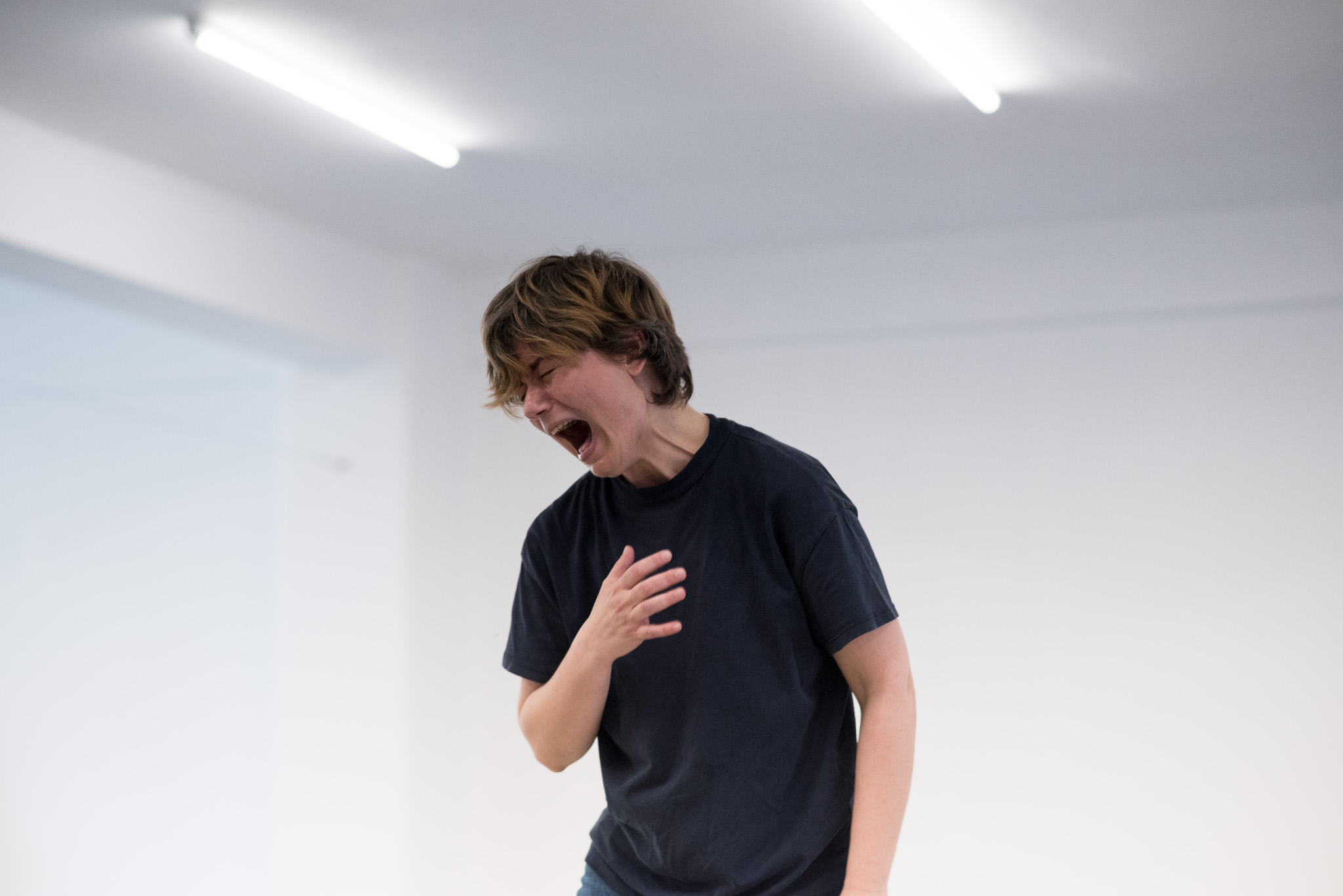
Georgia Sagri, Breathing 5-1-5. performance, 90', 4 June 2020, TAVROS, Athens. photograph: Dimitris Parthimos © Georgia Sagri

Georgia Sagri, Stage of Recovery , 2020, wood, cotton , foam, 240 x 240 x 59 cm.
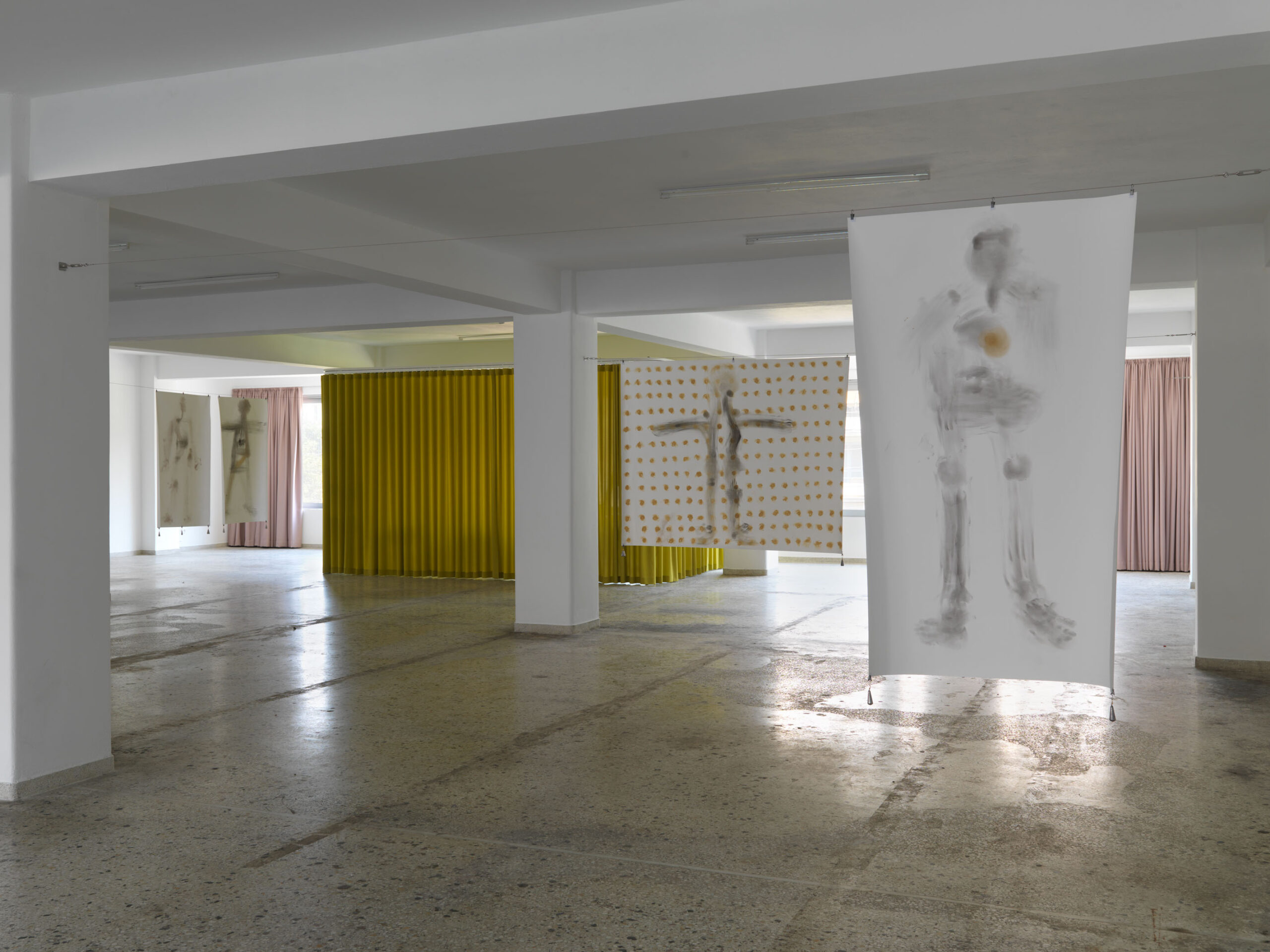
IASI, installation view, Tavros, Athens. ©Georgia Sagri
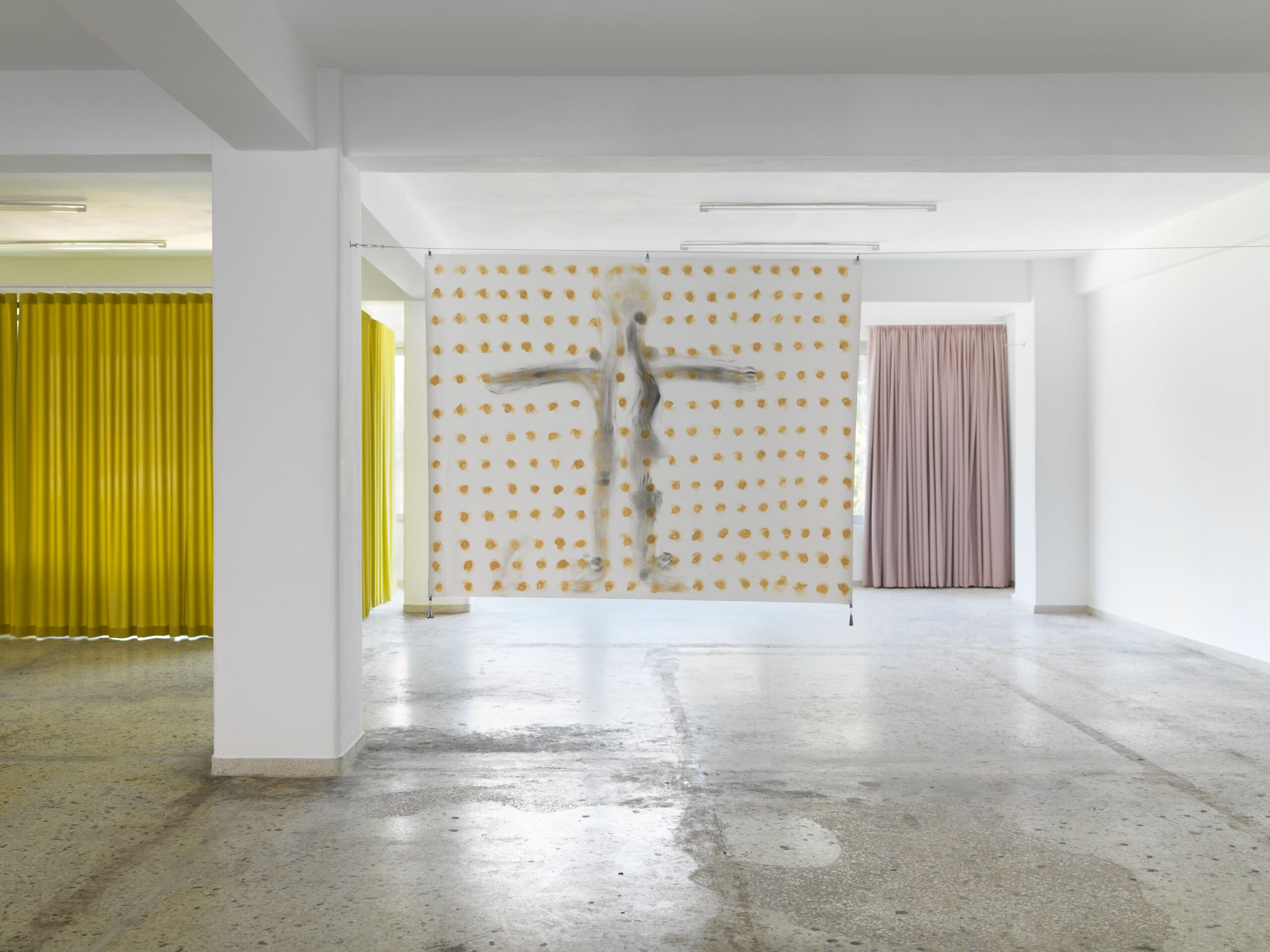
IASI, installation view, Tavros, Athens. ©Georgia Sagri
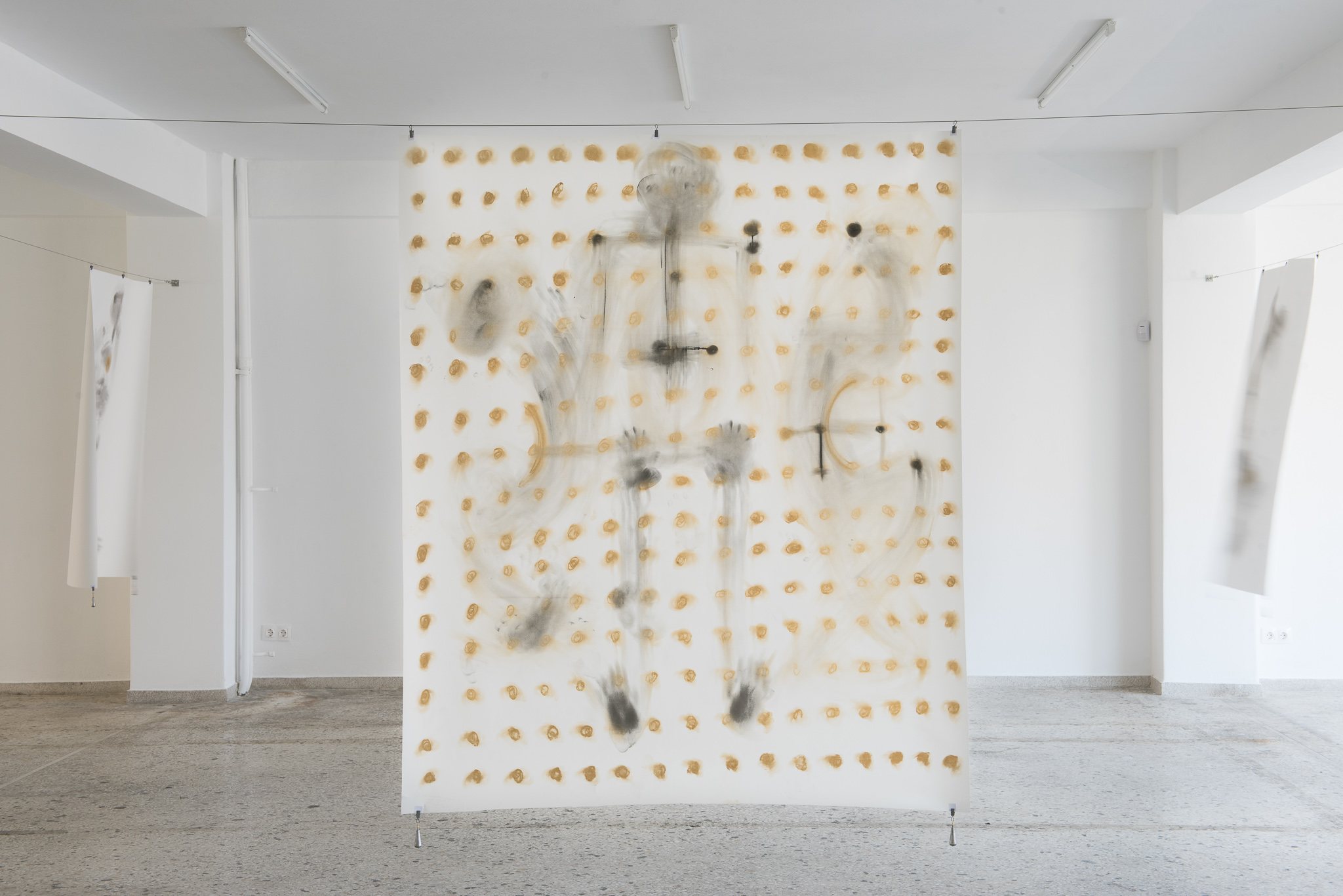
Georgia Sagri, Treatment (Embryonic Pose), 5 April 2020, charcoal, paper, 170 x 150 cm

Georgia Sagri, Treatment, 18 May 2020, charcoal, paper, 150 x 90 cm & Georgia Sagri, Treatment (Breathing 12_1_12), 15 April 2020, charcoal, paper, 150 x 90 cm
“BIZZARE SILKS, PRIVATE IMAGININGS AND NARRATIVE FACTS, ETC”, AN EXHIBITION BY NICK MAUSS
at Kunsthalle Basel, Switzerland (7/2 - 26/4/20)

“BIZZARE SILKS, PRIVATE IMAGININGS AND NARRATIVE FACTS, ETC" exhibition view, 2020, at Kunsthalle Basel, Switzerland
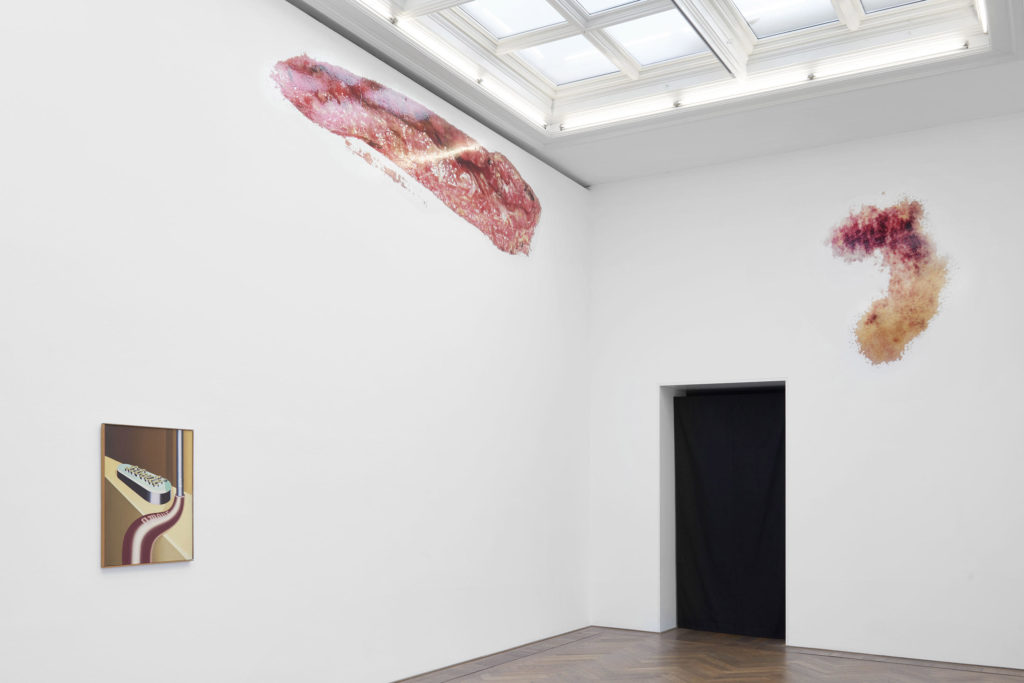
“BIZZARE SILKS, PRIVATE IMAGININGS AND NARRATIVE FACTS, ETC" exhibition view, 2020, at Kunsthalle Basel, Switzerland
GEORGIA SAGRI: IASI
at Mimosa House, London (Iasi one-to-one sessions: 13/1-19/3/20, exhibition: 14/2 [closed due to COVID until September]-10/10/20)
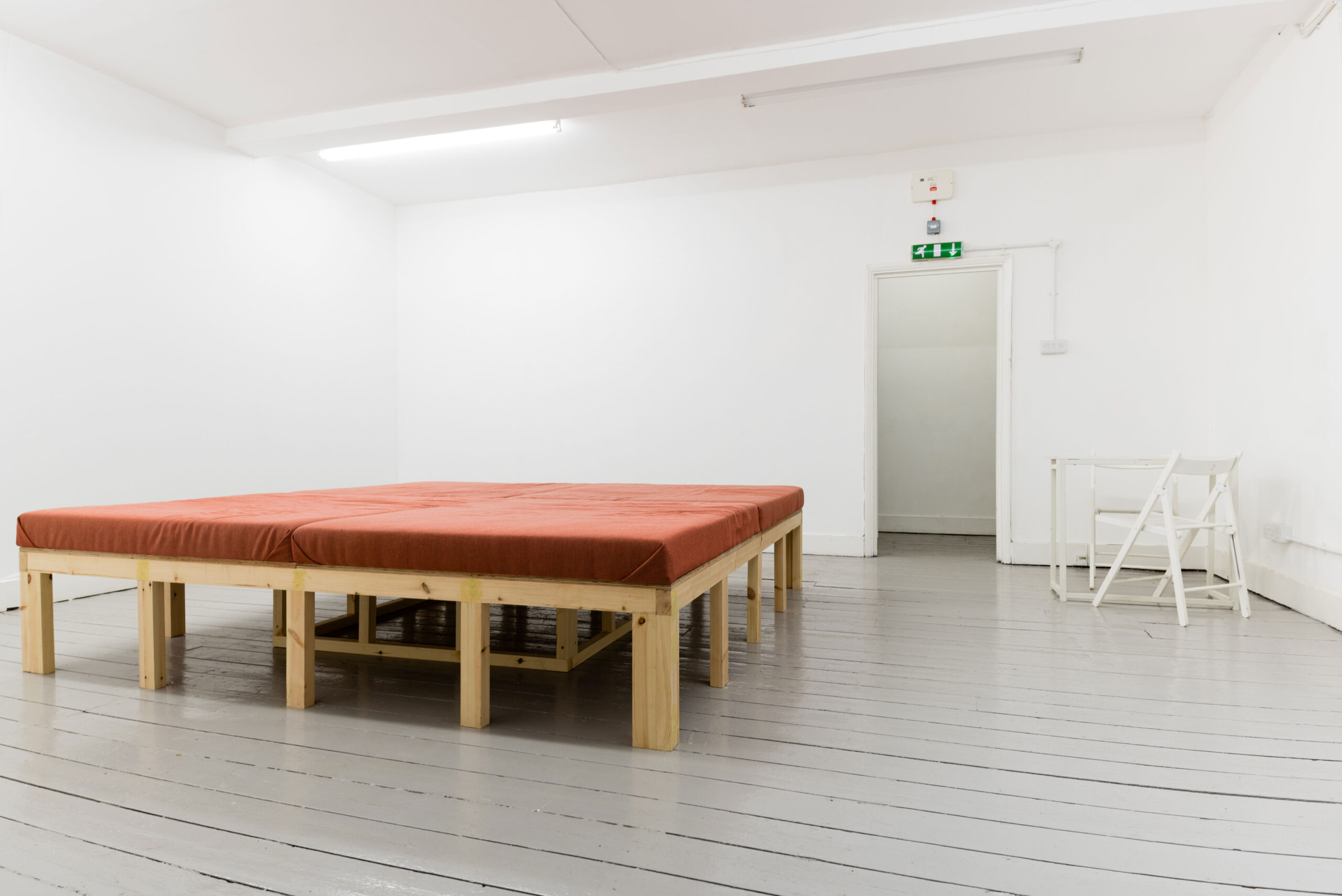
IASI, installation view, Mimosa House, London. Photo by Lucy Parakhina. ©Georgia Sagri
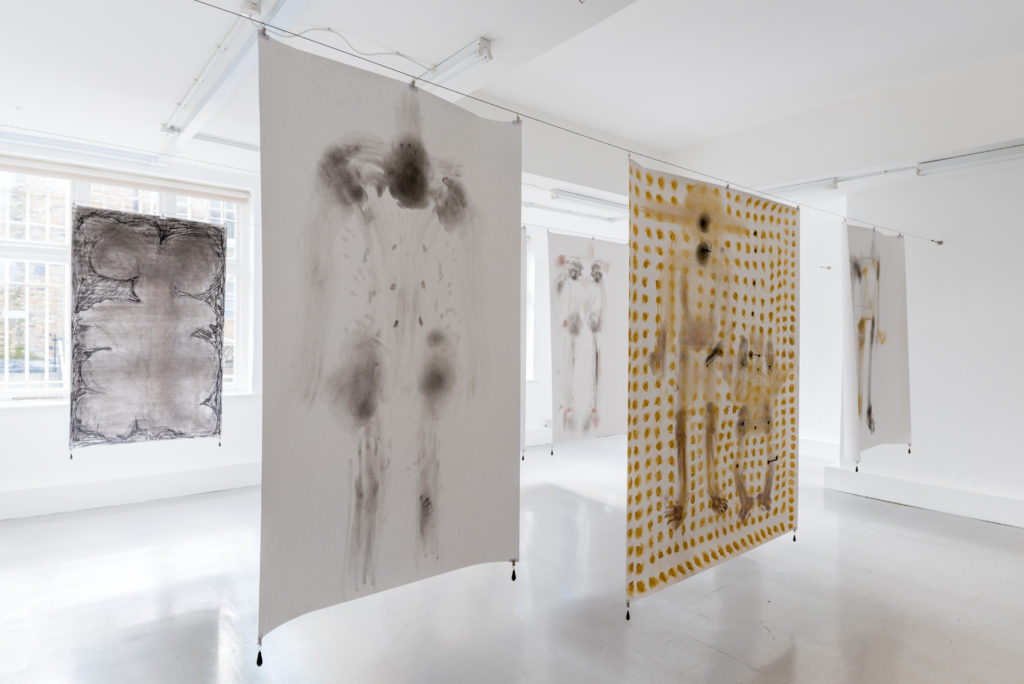
IASI, installation view, Mimosa House, London. Photo by Lucy Parakhina. ©Georgia Sagri
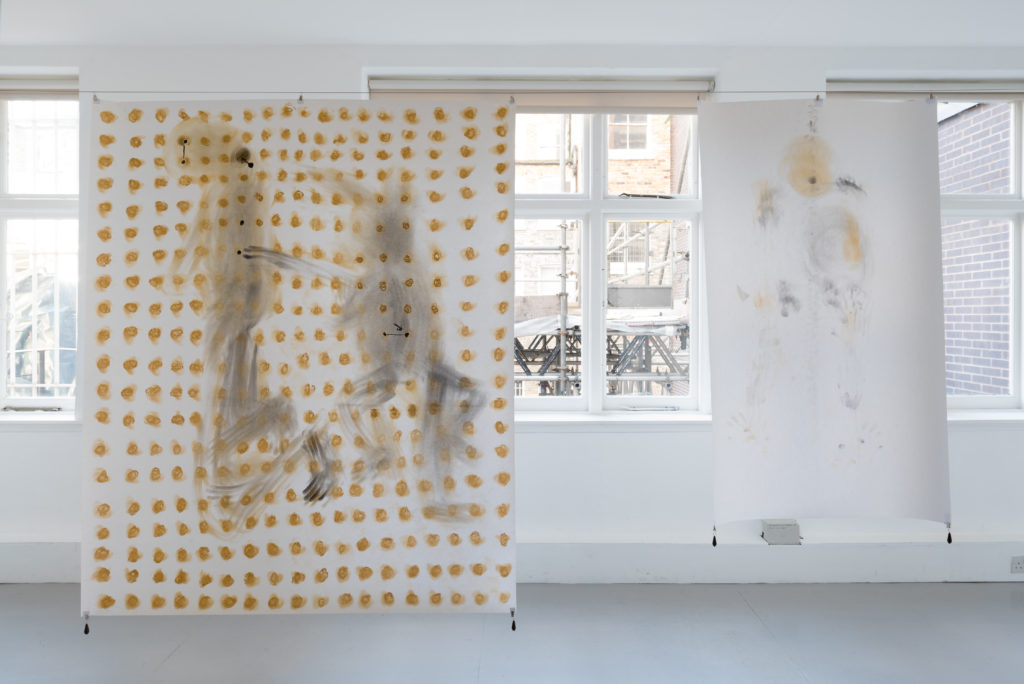
IASI, installation view, Mimosa House, London. Photo by Lucy Parakhina. ©Georgia Sagri

IASI, installation view, Mimosa House, London. Photo by Lucy Parakhina. ©Georgia Sagri

IASI, installation view, Mimosa House, London. Photo by Lucy Parakhina. ©Georgia Sagri

IASI, installation view, Mimosa House, London. Photo by Lucy Parakhina. ©Georgia Sagri
TIME IS THIRSTY
at Kunsthalle Wien, Vienna (30/10/19 - 26/1/20)

TIME IS THIRSTY , installation view, Kunsthalle Wien, Vienna 2019-2020

TIME IS THIRSTY , installation view, Kunsthalle Wien, Vienna 2019-2020
